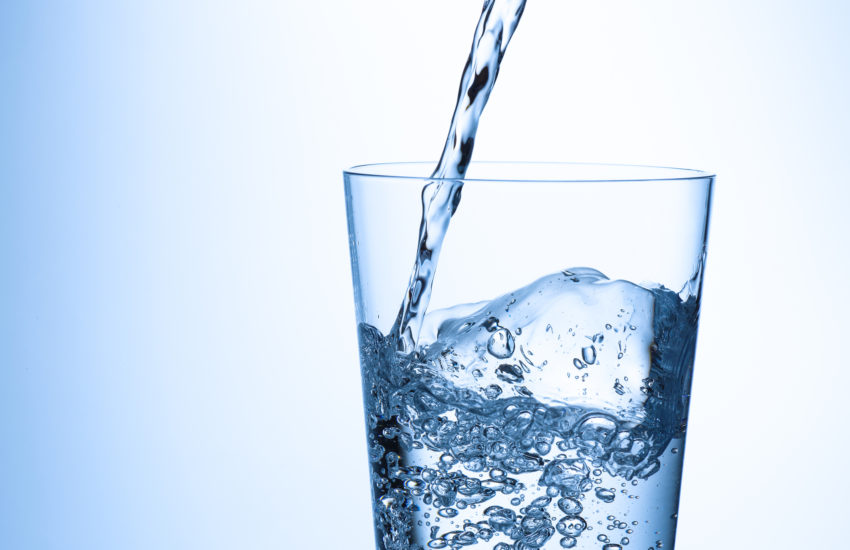On May 14, 2020, the EPA indicated it will not be imposing any limits on perchlorate, a chemical compound the EPA previously characterized as “a persistent contaminant of concern.” Perchlorate can be man-made or it can form naturally in the atmosphere in arid states in the Southwest U.S., in large deposits of sodium nitrate fertilizer in Chili, and in potash ore in the Northwest and Canada. Manufactured perchlorate is used in rocket propellant, munitions, explosives, fireworks, road flares, and in food containers and equipment that processes dry food. Perchlorate is often found in drinking water.
According to the FDA, high dosage exposure to perchlorate disrupts the thyroid. Pregnant women are particularly vulnerable to perchlorate exposure since it stunts the production of hormones essential to the development of the central nervous system of fetuses, infants, and children and causes brain damage. Adult exposure to perchlorate can cause metabolism issues.
The regulatory history for perchlorate has been inconsistent and slow.
In 2005, the EPA proposed exposure standards to perchlorate at 0.0007 milligrams per kilogram per day.
In 2008, the EPA, under the Bush Administration, announced that it was not going to regulate the chemical.
But in 2011, the EPA reversed course and issued a finding that perchlorate presents serious risks to a population of between 5 and 16 million people.
In 2012, the EPA decided to use the Safe Drinking Water Act to propose a national drinking water regulation of 15 micrograms per liter— a concentration thought to be safe.
In 2014, the EPA issued a Technical Fact Sheet warning about the potential environmental impacts and health effects of perchlorate exposure. At that time, the EPA reported that perchlorate accumulates in food crops, drinking water, surface water, in sediments in federal facilities and in hazardous waste sites.
Although the Obama administration decided perchlorate should be regulated, the process took so long that a suit was eventually filed by the Natural Resources Defense Council. That suit was settled in 2018, and the EPA agreed to provide a final standard on the chemical as a result of the settlement. The current deadline for the standard to be issued is June 2020.
In June 2019, the EPA issued a notice of proposed rulemaking seeking comment on three regulatory options for perchlorate in drinking water:
- A Maximum Contaminant Level of 18 micrograms per liter;
- A Maximum Contaminant Level of 90 micrograms per liter;
- Withdrawal of the EPA’s 2011 determination to regulate perchlorate in drinking water.
A decision that fails to provide a standard for perchlorate may violate the court order. In addition to the proposed rulemaking, perchlorate is also at the core of multiple actions for polluted drinking water.
While there are no set standards for regulating perchlorate levels in drinking water, Massachusetts and California have established limits far lower than the 15 micrograms per liter originally proposed by the EPA. In Massachusetts, the drinking water standards allow for a maximum amount of perchlorate of 2 micrograms per liter; in California, the maximum level is 6 micrograms per liter.
Even without setting a national limit for perchlorate in drinking water, Andrew Wheeler, Director of the EPA, recently praised his own agency’s efforts for the decline of perchlorate levels in drinking water since 2011. “Because of steps that EPA, states and public water systems have taken to identify, monitor and mitigate perchlorate, the levels have decreased in drinking water,” Wheeler said. “This success demonstrates that EPA and states are working together to lead the world in providing safe drinking water to all Americans.”
It is now expected that the EPA will provide the White House with a proposed federal register notice declaring that it is “not in the public interest” to regulate the chemical. Given the medical information about perchlorate exposure, it is not clear why the EPA is withdrawing from the regulation of this chemical.

